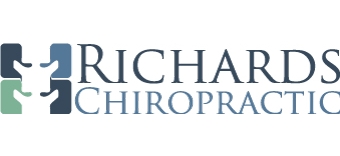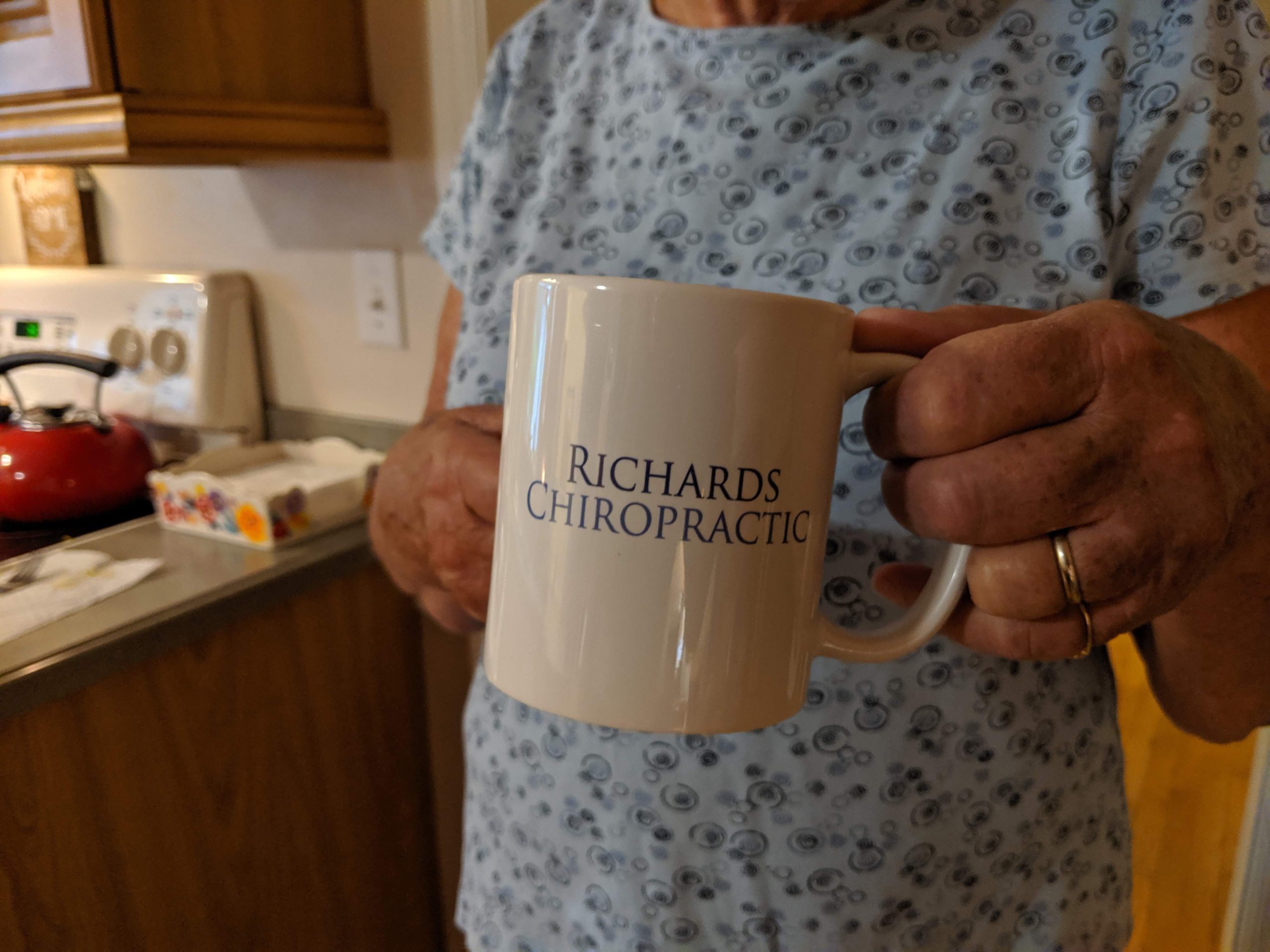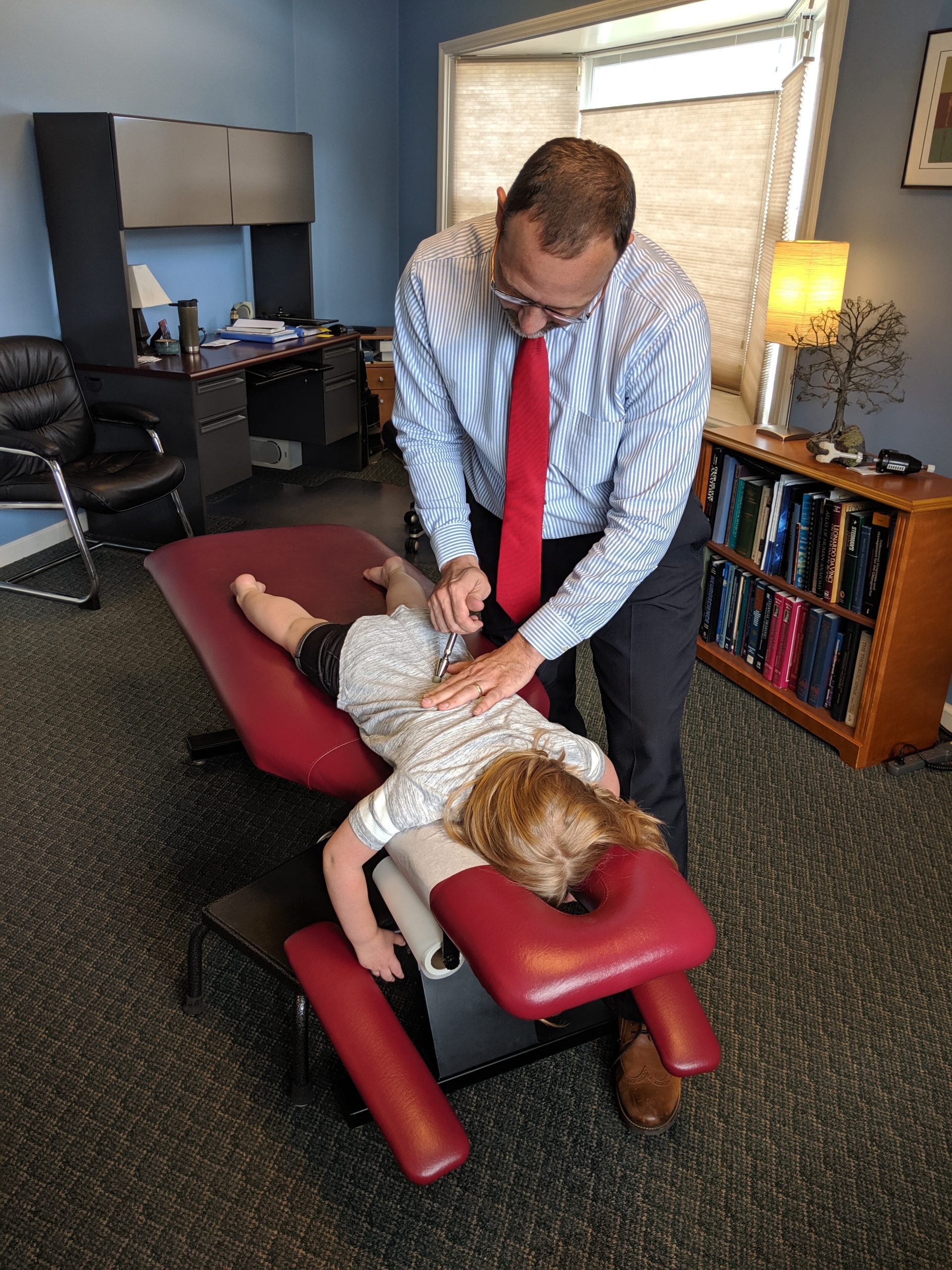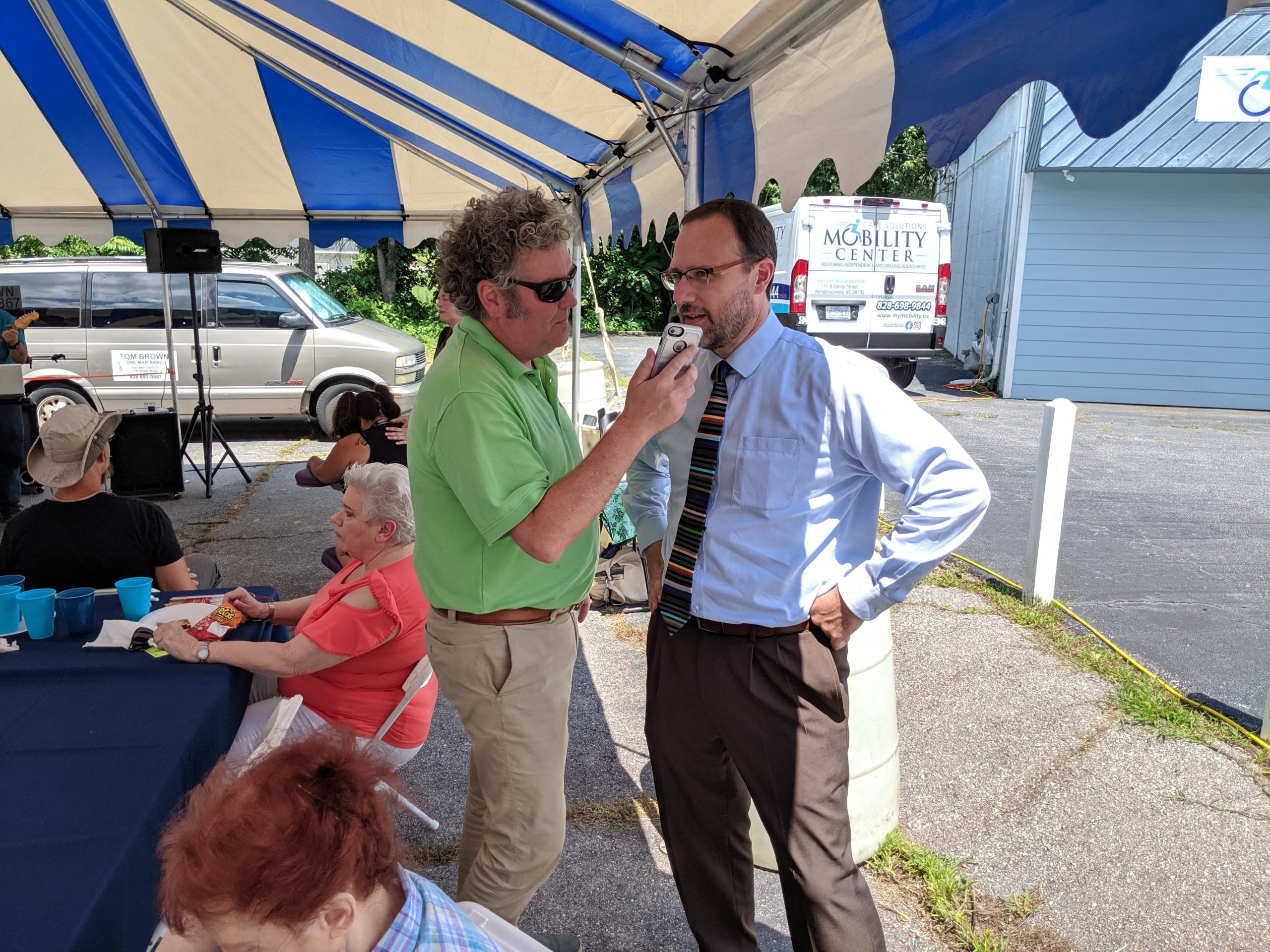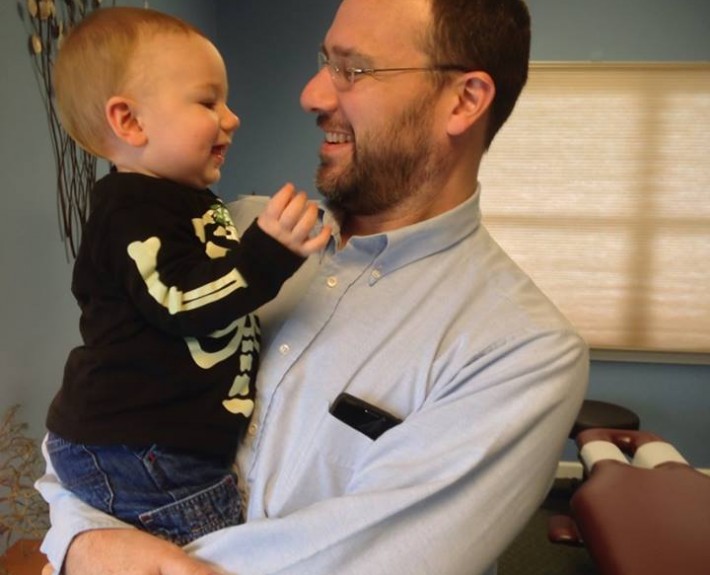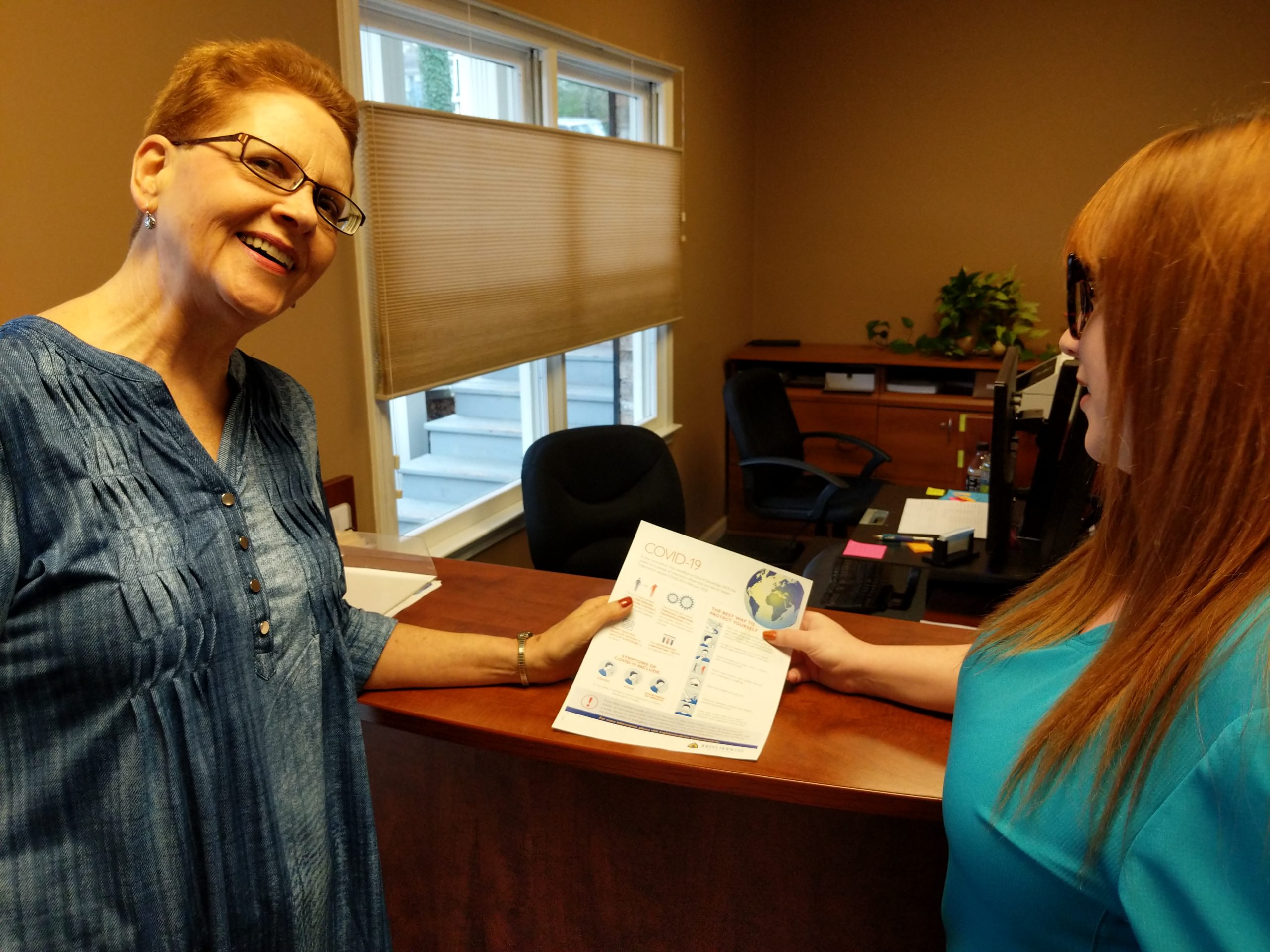What is Chiropractic? It is the largest, most utilized, and best recognized of the alternative healthcare professions. Patient surveys show that chiropractors are used more often than any other alternative provider group and patient satisfaction with chiropractic care is very high. There is steadily increasing use of chiropractic in the United States.
The profession was founded over a century ago upon a unique philosophy of health which respects the innate ability of the human body to heal itself. Modern Chiropractors have expanded on Chiropractic’s simple beginnings such that today, Chiropractors play an indispensable role on Olympic and professional sports teams, in universities and hospitals, on military bases, in Veterans Hospitals, and in the care of people of all ages and backgrounds.
Chiropractic education is on par with that of their medical counterparts. Chiropractic physicians must complete 2 years of pre-med education, followed by a 5 academic year Chiropractic curriculum in order to qualify for National Board Examination and State Licensure.
A growing body of research is finding Chiropractic care to be safer (Read more → ), less expensive, and more effective than other forms of care. Chiropractic patients have consistently high satisfaction rates.
How does Chiropractic work?
Your body is an intelligent, self-regulating, self-healing organism. Health and healing are coordinated by the most amazing and intricate system in the natural world: the human nervous system. Millions of messages flow from your brain, down your spine to every part of your body regulating the heart, lungs and other organs. Millions of messages are sent back to your brain carrying information about touch, position, motion and pain. Problems may occur when improper motion and position of the spinal bones interferes with these messages by irritating nerves, thus affecting the functions of your body. Precise Chiropractic adjustments are directed towards releasing the tension and stress from the spine and nerves to restore normal function and encourage the bodies’ innate healing capacity.
Is a Chiropractor similar to an MD?
There are important similarities and differences. Like medical doctors, chiropractors undergo rigorous training which requires 7 or more years of college. A chiropractor must pass 4 National Board Examinations in order to qualify for licensure as a Chiropractic Physician.
Unlike MD’s, chiropractors do not prescribe medicine or perform surgery, favoring instead the use of nutrition, exercise and adjustments when possible. They also tend to approach your problem from the point of view that you are a being who is intended to be happy, healthy and active by nature. We view the body as a self-healing mechanism that is constantly healing itself so long as there is no interference. When we determine that natural methods are unlikely to succeed, we readily refer patients to our medical counterparts.
Do medical doctors "believe" in Chiropractic?
Modern chiropractors enjoy widespread acceptance. Our office regularly interacts with medical groups and receives referrals from medical physicians. Dr. Richards has treated surgeons, medical doctors, physical therapists and nurses as patients. He has been a guest speaker for several large local physician groups as well as patient support groups at Pardee and Park Ridge Hospitals.
Does insurance cover chiropractic?
All major insurers cover chiropractic care. Dr. Richards is an in-network provider for most plans including BCBS, UHC, Medicare, Medicaid and many others as well.
Do I need X-Rays to be adjusted?
X-rays are not required in the majority of cases. Research has shown that in a vast majority of back pain cases, x-rays do not change the diagnosis, the treatment plan or the outcome of care. Diagnostic imaging (such as x-ray, CT scan or MRI) may be necessary in certain cases where “red-flags” are present. In such cases, Dr. Richards will discuss with you the best type of imaging for your case.
Can Chiropractors treat all health problems?
Chiropractic care is beneficial for general health and well-being, yet some conditions are beyond the scope of Chiropractic care. Dr. Richards will refer you to an appropriate specialist whenever it is in your best interest. Sometimes cases are co-managed; that is, certain aspects of the condition are addressed with Chiropractic care while other aspects are managed by a medical physician.
Can I have chiropractic care after spine surgery?
Yes. Your chiropractor is able to safely treat patients who have had previous spinal surgery. Not all forms of spinal surgery are the same. Every case is considered individually.
Is Chiropractic scientific?
Chiropractic practice is based upon sound scientific principles. It’s a scientific fact that your brain and nervous system affects the organs, tissues and cells of your body and that interference to the nervous system can negatively impact the way the body functions. A growing body of research supports Chiropractic care as a safe and effective.
Are Chiropractic adjustments safe?
Yes. Studies have called Chiropractic adjustments “remarkably safe.” Compare the statistics. Adjustments are about 100 times safer than taking common, over-the-counter pain relievers and 1000’s of times safer than spine surgery. Read more →
Does it hurt?
For most, the answer is “No”. Most people feel relief after adjustments. A minority of patients experience soreness or mild headaches. It is very rare to experience significant pain from treatment. Your chiropractor will tell you if you have a condition for which soreness is an expected response to treatment. Sometimes patients who are in severe pain fear that adjustments are too forceful. But this is not the case. Adjustments are performed in such a manner as to release tension from muscles and decompress nerves, often leading to relief from severe pain.
Can I adjust myself?
No. Some people may be able to make their back or neck “pop” but adjustments are specific and take years to master. Even chiropractors cannot adjust themselves.
What happens if I don’t get better?
Your chiropractor works with other physicians and therapists to offer you every possible opportunity to improve. If after a course of care you have not improved, your chiropractor can alter your treatment or refer you for diagnostic studies such as X-rays or MRIs. Patients can also be referred for physical therapy, pain management, other specialist or for surgical consultations when that is appropriate.
Is Chiropractic safe during pregnancy?
Yes, and Dr. Richards regularly accepts referrals from birthing centers. Adjusting methods are modified for the pregnant patient. Many pregnant women experience painful symptoms such as back pain, hip pain, sciatica and carpal tunnel syndrome. Most prefer to avoid medicine as their baby develops. Some women without symptoms seek chiropractic maintenance care during pregnancy. Many report shorter and easier births following periodic care.
Can infants and children receive Chiropractic care?
Yes. Learning to walk, riding a bike, or playing sports can cause spinal problems which may be mistaken for “growing pains.” Children frequently fall from beds, chairs and even out of trees! Chiropractic care helps correct these spinal distortions, enabling proper development. If ignored, these problems may become more difficult to correct later as an adult. The process of childbirth stresses an infant’s spine. Colic, poor appetite and ear infections may be signs of spinal distress. Pediatric adjustments are very gentle and easily tolerated by the infant.
